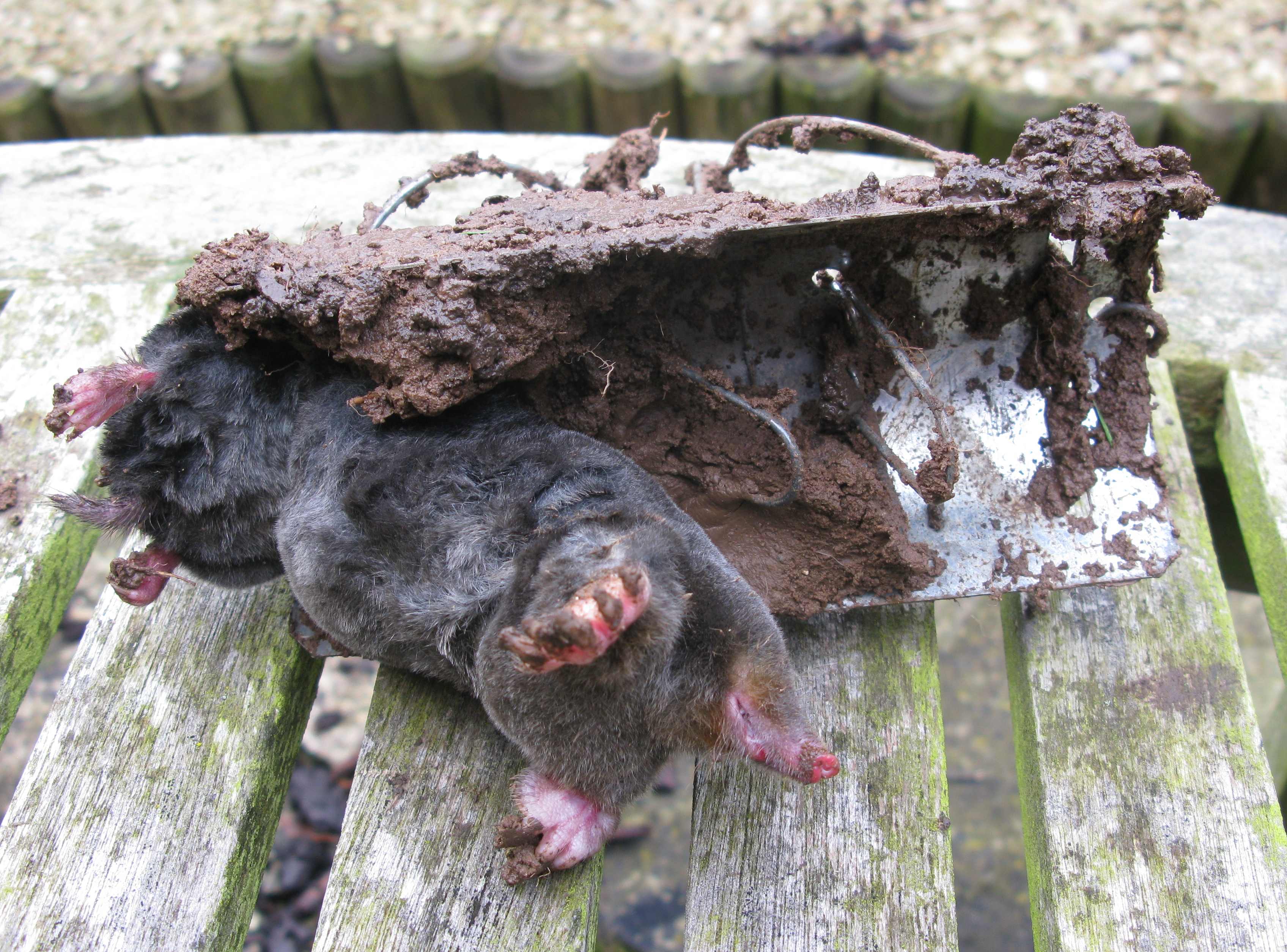News
Ending double standards in trap welfare
You may be shocked to learn that while spring traps used for killing small mammals in the UK are required to meet welfare approval standards, some traps for killing rats, mice and moles are legally exempt. In her new letter to Animal Welfare journal (Baker 2017), Dr Sandra Baker argues that this exemption is outdated and proposes an innovative solution in the form of a Voluntary Trap Approval scheme.
The welfare exemption for break-back traps (rodent ‘snap-traps’) and mole traps dates back more than 60 years, since trap welfare approval was first introduced by The Pests Act in 1954. In their report, which preceded the legislation, The Committee on Cruelty to Wild Animals said that they felt no unnecessary suffering was caused by break-back and mole traps, and made statements that the rat was “one of the greatest animal pests” and “a menace to public health”. These assertions no doubt contributed to the decision to exempt break-back and mole traps from approval requirements, on the utilitarian grounds that the relaxation of welfare standards could be justified when perceived risks are bigger.
However, Dr Baker argues that all traps should be subject to the same welfare standards, a view supported by her previous research which questions the humaneness of at least some unregulated break-back and mole traps (Baker et al., 2012, 2015). She adds, “There is no acceptable reason for exempting traps used with rats, mice and moles, when approval is required for traps used with other species, with similar capacities for suffering. Besides, more welfare-friendly traps are also likely to be more efficient but there is no reason to believe they would be more expensive”.
There seems little prospect, in the foreseeable future, of legislative change to rectify this welfare inequality, so Dr Baker proposes the issue is tackled via ‘carrot’, rather than ‘stick’. She suggests a Voluntary Trap Approval scheme whereby unregulated traps are submitted to the Animal and Plant Health Agency (APHA), for testing and approval, in the same way as regulated traps. All traps meeting approval requirements could then display a formal certification mark and be marketed as ‘welfare approved’. Dr Baker explains, “Such a system would provide a simple way of highlighting to the public the issue of unregulated traps, as well as providing them with a choice and allowing them to demonstrate demand for more welfare-friendly traps.” Suppliers keen to advertise their concern for both efficiency and ethics would choose to supply only approved traps. Consumer preference might well then reduce or extinguish demand for non-approved traps. Rats, mice and moles probably account for the majority of animals killed in spring traps in the UK and the proposed scheme could benefit the welfare of many thousands of animals each year.
Baker, S.E. (2017) A Voluntary Trap Approval scheme to end trap welfare inequality in the UK. Animal Welfare, 26(1): 131-133.
Baker, S.E., Shaw, R.F., Atkinson, R.P.D., West, P. & Macdonald, D.W. (2015) Potential welfare impacts of kill-trapping European moles (Talpa europaea) using scissor traps and Duffus traps: a post-mortem examination study. Animal Welfare, 24(1): 1-14.
Baker, S.E., Ellwood, S.A., Tagarielli, V.L. & Macdonald, D.W. (2012) Mechanical Performance of Rat, Mouse and Mole Spring Traps, and Possible Implications for Welfare Performance. PLoS ONE, 7(6), e39334. doi:10.1371/journal.pone.0039334.
-
 Mole killed by a pest controller using a Duffus trap
Mole killed by a pest controller using a Duffus trap





